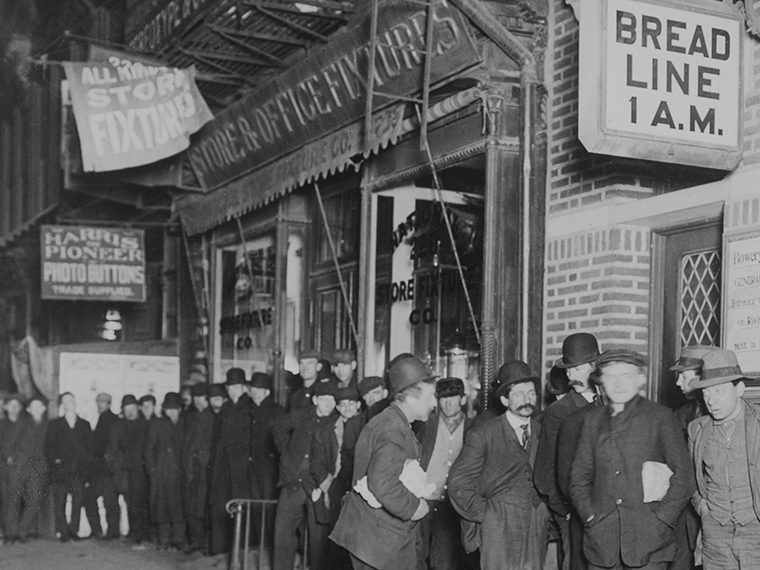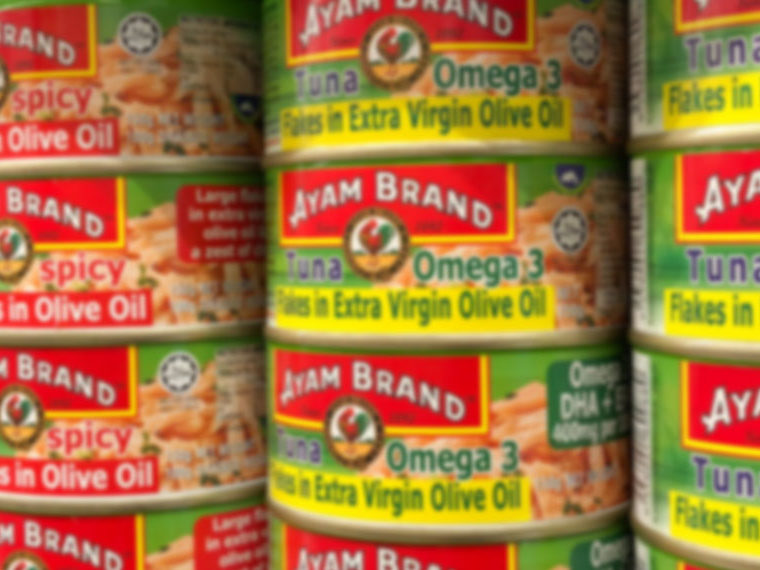Independent drug stores improve to meet the competition
Small, independent drug stores dominate the pharmacy market in India. Often little more than unenclosed storefronts, they sell a wide variety of mostly generic drugs, typically without a prescription. They provide an outlet for thousands of local drug makers, and the quality of their stock can be subpar.
Increasingly, these mom-and-pop outlets face competition from expanding national chains, which offer lower prices and such amenities as air-conditioned stores and trained pharmacy staff. Economic theory is pretty clear that such competition invariably leads to lower prices, but the effect on quality is more complicated. When a grocery chain like Ralph’s enters a market, it’s easy enough for shoppers to tell which store has the best produce. Quality differences aren’t so readily apparent when it comes to drugs.
When consumers cannot infer quality readily, it may or may not be worthwhile for independent stores to invest in quality to compete. Another possibility is that stores, facing competition from a chain, would sell low-quality medications at low cost to poorer customers, while the chain would sell higher-quality drugs to affluent shoppers, resulting in a segmented market.
Opt In to the Review Monthly Email Update.
USC’s Daniel Bennett and UCLA Anderson’s Wesley Yin conducted a natural experiment to show what happens to price and quality after the entry of a chain pharmacy. They found that the chain’s arrival not only led to a drop in prices at the existing independents, but that the competition spurred the small pharmacies to raise the quality of the drugs they sold.
The findings have important implications for India and other developing countries where the sale of poor-quality drugs poses significant public health risks. Substandard drugs — the result of flaws in manufacturing, intentional adulteration or improper storage — can fail to provide effective treatment and might even be toxic to patients. With antibiotics and antivirals, medications with too little active ingredient can lead to widespread drug resistance.
The Indian pharmaceutical sector consists of about 250 national pharmaceutical makers and about 8,000 smaller, local manufacturers that mainly produce generic drugs. Together they account for 13 percent of the world’s supply. But the quality is a continuing problem, and one gaining increasing international attention, thanks to counterfeiting and high temperatures that can cause improperly stored medications to deteriorate.
For their study, published in the Review of Economics and Statistics, Bennett and Yin analyzed what happened to drug price and quality after an expansion of the MedPlus pharmacy chain in Hyderabad, India, the country’s fourth-largest city. MedPlus, with more than 250 stores in the city, serves mostly affluent neighborhoods and offers lower prices on national brand-name drugs bought directly from manufacturers.
The researchers focused on two common antibiotics — ciprofloxacin and amoxicillin — widely used to treat ear, urinary tract, digestive tract and respiratory infections. The drugs are produced by a number of brands and sell at a wide range of prices.
The researchers selected 100 pharmacies in 20 Hyderabad neighborhoods that the chain sought to enter, including seven where MedPlus ultimately was able to open stores. This enabled them to compare results at outlets that competed with MedPlus with otherwise similar stores that didn’t. At each pharmacy, secret shoppers requested the medications, leaving it to the store to select the brand — and the price. The drugs were then tested to see if they met national standards.
In the neighborhoods where MedPlus opened stores, traffic at the independent pharmacies stagnated, and overall prices fell by 2 percent compared with the stores without competition from the chain. What’s more, the share of drugs that met national quality standards increased at the competing mom-and-pops by 5 percent, indicating that quality had improved.
The differences were even more striking for non-national drug brands, which saw a 12 percent decline in price and 21 percent increase in compliance with drug standards.
How the independents improved quality proved to be a puzzle. Bennett and Yin considered whether stores in the new competitive markets simply substituted higher-cost national brands for lower-quality generics, or procured newer drugs that hadn’t yet degraded on store shelves. They also looked to see whether the stores had invested in improvements, such as installing air conditioning and doors, or hiring better quality staff.
None turned out to be the case. Instead, the answer was found in distribution: The stores changed their choice of suppliers. Where before they would buy from a large number of wholesalers, in the face of chain competition, independent stores concentrated their purchases with a smaller number of distributors, indicating greater selectivity.
The fact that the improvement in quality didn’t mainly benefit the well-off was especially significant, Yin said in an interview. “Chain entry improved consumer welfare regardless of [socioeconomic status],” the authors write.
Featured Faculty
-
Wesley Yin
Associate Professor of Public Policy and Management
About the Research
Bennett, D., & Yin, W. (2019). The market for high-quality medicine: Retail chain entry and drug quality in India. The Review of Economics and Statistics, 101(1), 76–90. doi: 10.1162/rest_a_00758






